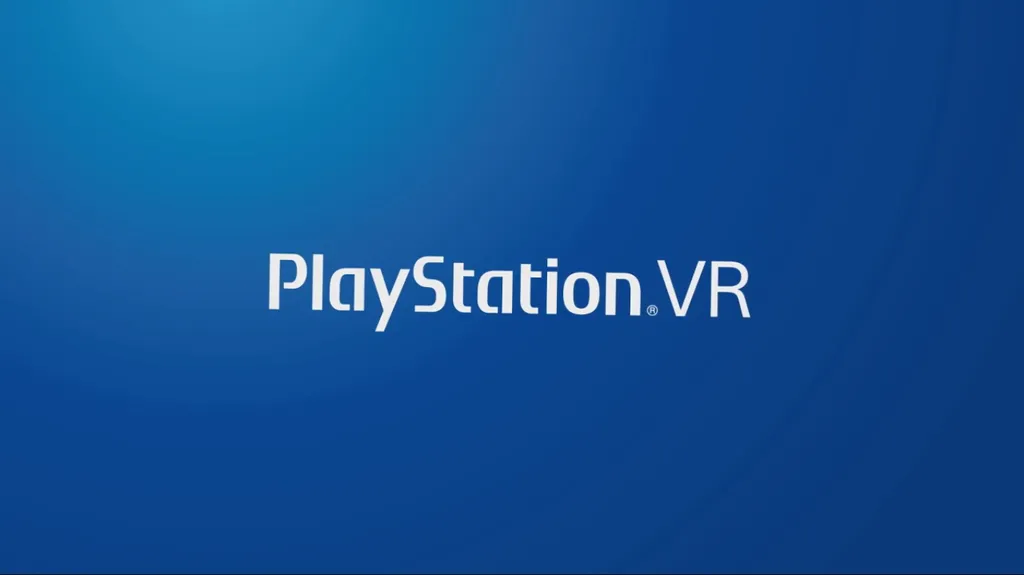Sony today announced that the PlayStation 5 is launching in ‘Holiday 2020’. The new DualShock controller will have haptic rumble and force feedback triggers.
Sony first confirmed a next-generation PlayStation back in April, but this is the first confirmation that it will indeed be called PS5.
The initial announcement revealed that the console will feature a powerful AMD ‘Navi’ GPU with support for ray tracing, as well as a fast solid state drive instead of a mechanical hard drive. These features should allow developers to create more realistic virtual worlds that load faster- or even larger open worlds with no post-initial loading at all.
Sony has confirmed that the PlayStation 5 will support the current PlayStation VR headset. The company has confirmed that a next generation PSVR is in development, which may have a higher resolution, HDR support, and wireless. However, the company suggested that this new headset will not launch alongside the PS5.
Haptic Controller
Today’s announcement reveals details about the next generation DualShock controller:
To that end, there are two key innovations with the PlayStation 5’s new controller. First, we’re adopting haptic feedback to replace the “rumble” technology found in controllers since the 5th generation of consoles. With haptics, you truly feel a broader range of feedback, so crashing into a wall in a race car feels much different than making a tackle on the football field. You can even get a sense for a variety of textures when running through fields of grass or plodding through mud.
The second innovation is something we call adaptive triggers, which have been incorporated into the trigger buttons (L2/R2). Developers can program the resistance of the triggers so that you feel the tactile sensation of drawing a bow and arrow or accelerating an off-road vehicle through rocky terrain. In combination with the haptics, this can produce a powerful experience that better simulates various actions. Game creators have started to receive early versions of the new controller, and we can’t wait to see where their imagination goes with these new features at their disposal.
These technologies may also be integrated into the next PlayStation VR controller, though again that likely won’t be launching alongside the PS5.


























